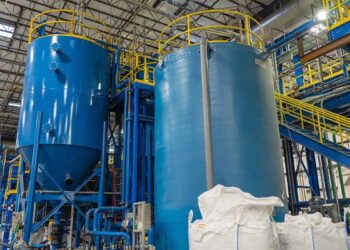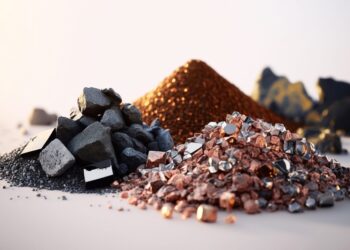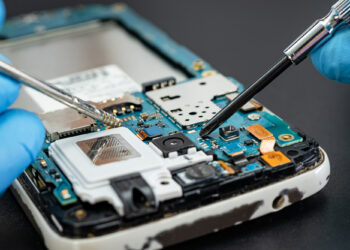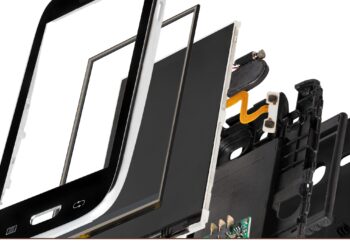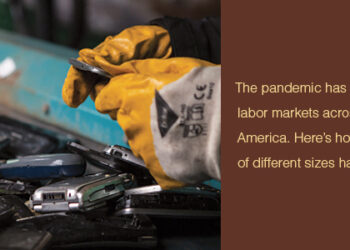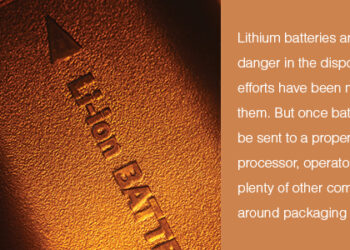E-Scrap News Magazine
IT asset disposition and electronics recycling: Now and then
The industry has proven more resilient, and at times quicker to adapt, than even those of us close to it...
From trash to treasure: How old electronics are powering america’s rare earth comeback
Rare earth recovery from e-scrap is not just an environmental opportunity but a strategic priority.
First-person Perspective: Factors point to more recycling of precious metals
This article appeared in the 2024 issue of E-Scrap News. Subscribe today for access to all print content. There’s one very simple,...
First-person Perspective: The dry-versus-wet debate of lithium battery recycling
This article appeared in the 2024 issue of E-Scrap News. Subscribe today for access to all print content. For recyclers involved with...
Mining the e-scrap stream
This article appeared in the 2024 issue of E-Scrap News. Subscribe today for access to all print content. One of e-scrap...
Right to repair hits its stride
This article appeared in the 2024 issue of E-Scrap News. Subscribe today for access to all print content. Though the right to...
All eyes on Basel
This article appeared in the 2024 issue of E-Scrap News. Subscribe today for access to all print content. Upcoming changes to...
People problem
The pandemic has caused tight labor markets across North America. Here's how processors of different sizes have responded.
Handling a hazard
Lithium batteries are a well-known danger in the disposal stream and efforts have been made to isolate them. But once...
The new export debate
This article originally appeared in the Fall 2021 issue of E-Scrap News. Subscribe today for access to all print content. For...







